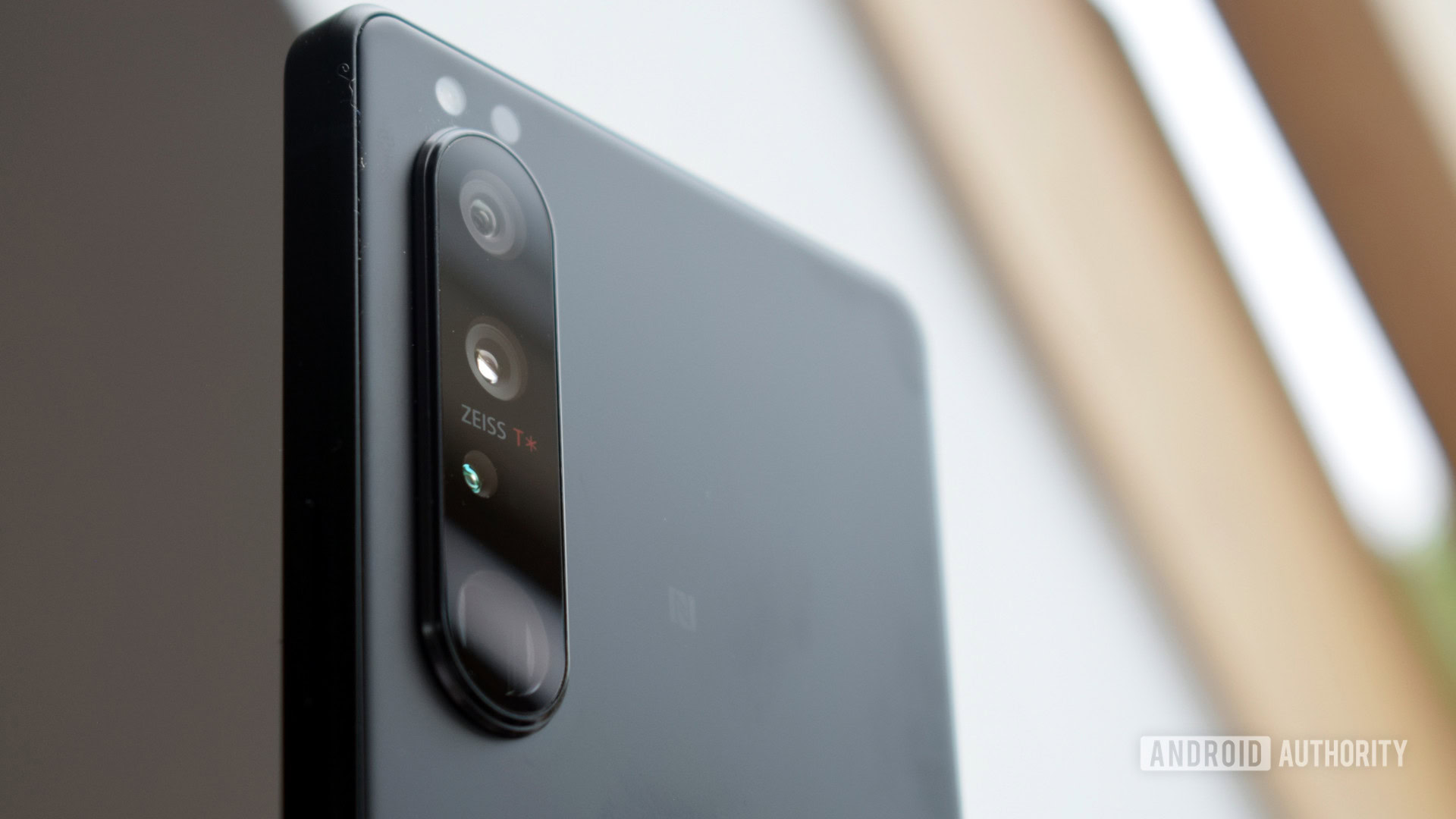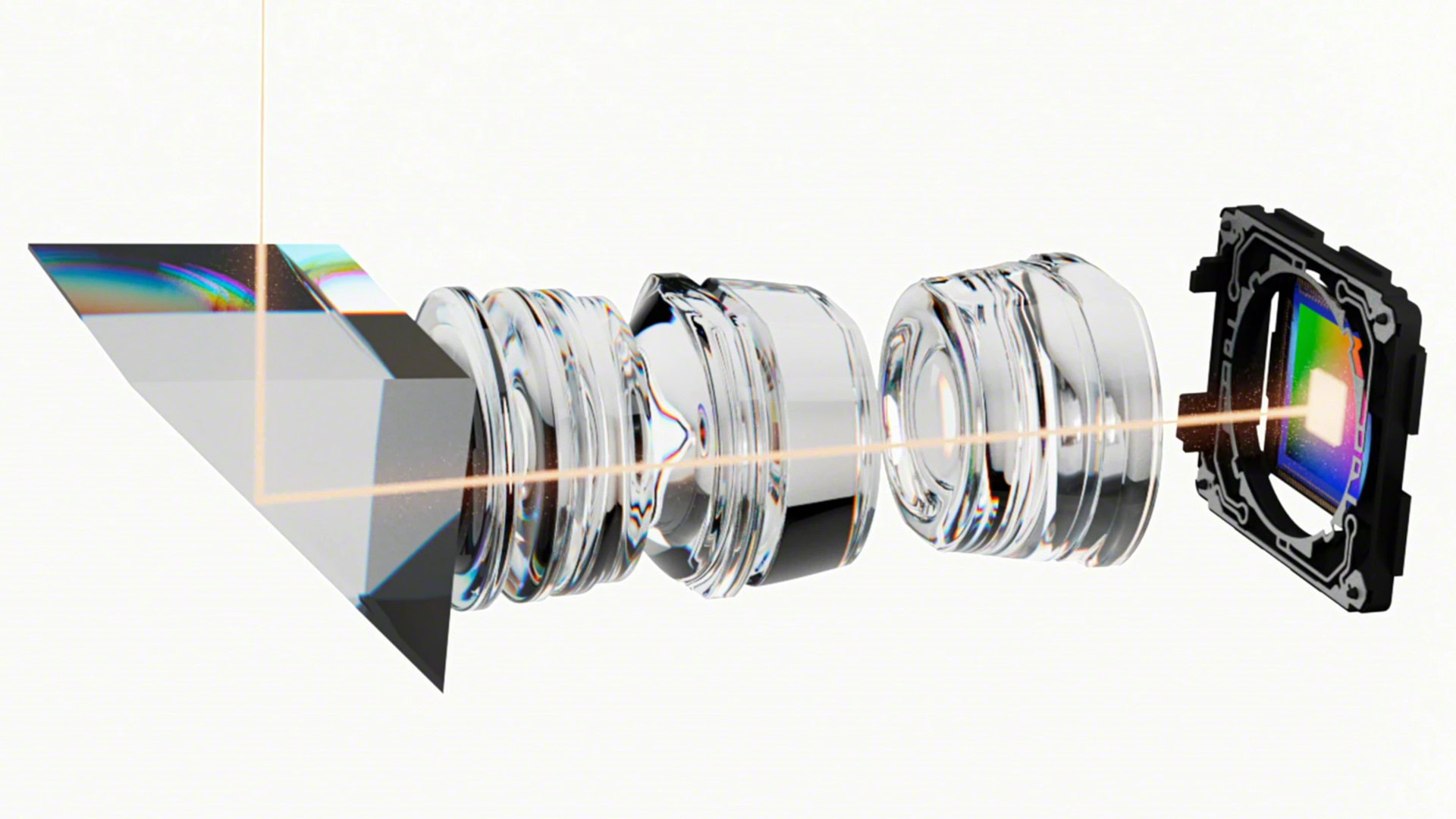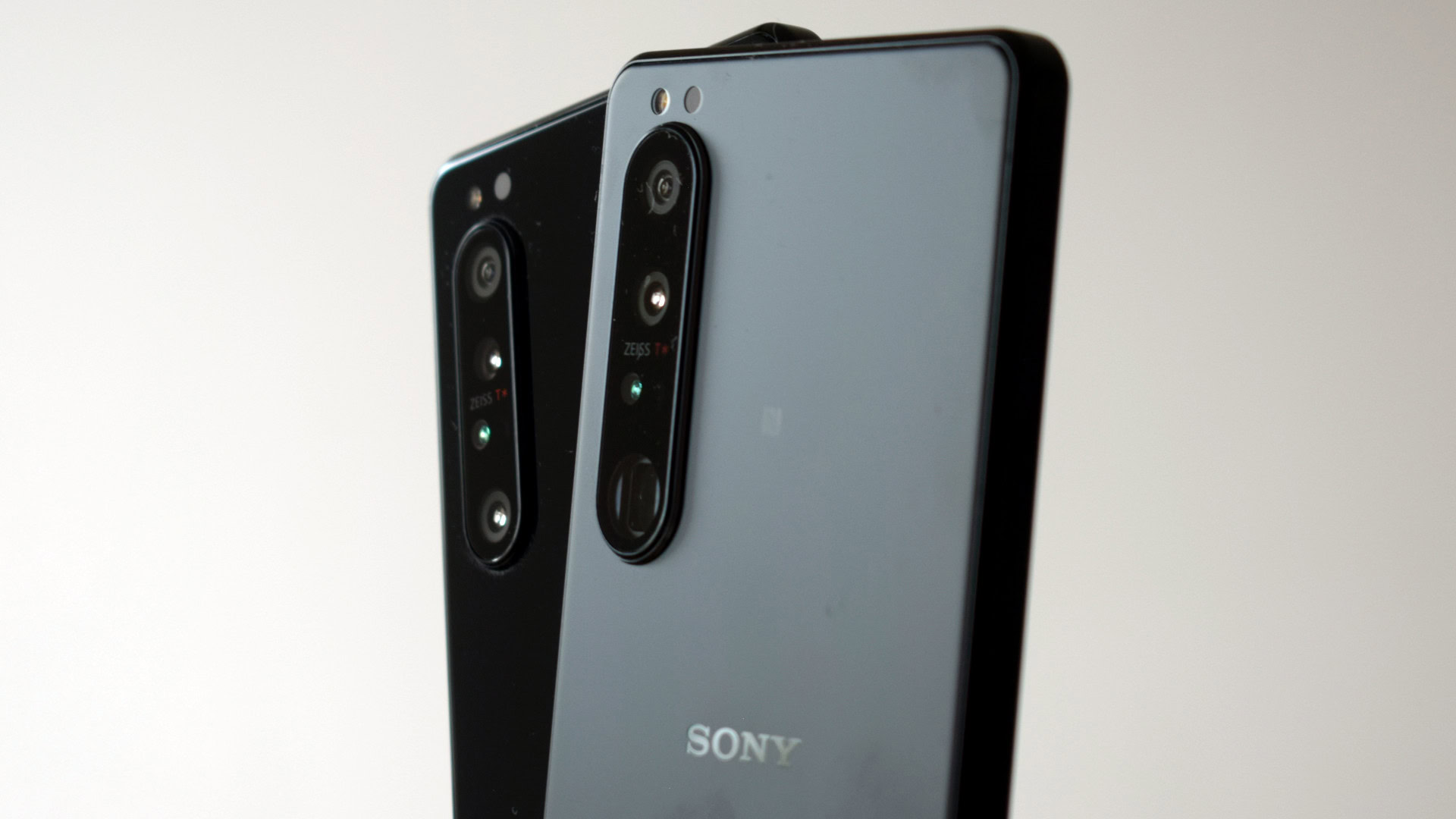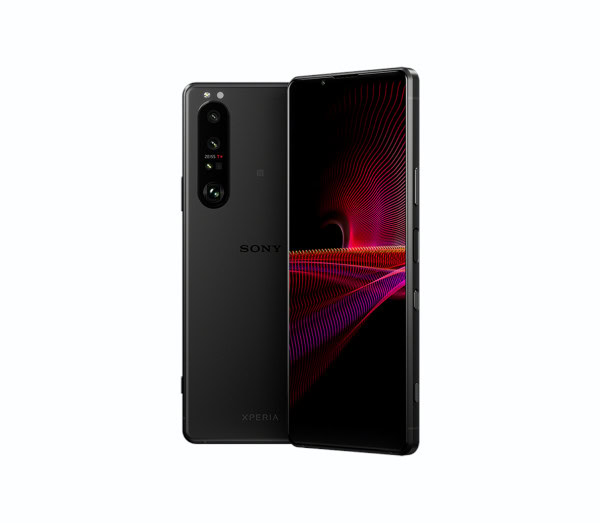Affiliate links on Android Authority may earn us a commission. Learn more.
Sony Xperia 1 III camera tested: Zoom or bust

The Sony Xperia 1 III might not look a whole lot different from its predecessor, but it’s packing in some powerful new photography technology. While the main and wide-angle cameras look very familiar, the periscope camera introduces a novel dual focal length implementation. This offers a more flexible zoom setup, without the need for multiple camera lenses and sensors.
The dual focal length telephoto camera works by introducing movable lens elements into the periscope camera design. Traditional telephoto and periscope zooms found in smartphones use fixed lens positions and therefore offer fixed focal lengths and zoom. The lens setup in the Sony Xperia 1 III doesn’t quite mimic how DSLR lenses work, but the movable parts create somewhat of a halfway house. The result is switchable 70mm and 105mm focal lengths, representing 2.9x and 4.4x zoom lengths from the main sensor, respectively.
Read our review: Sony Xperia 1 III review

Sony’s previous generation camera package was good but just a little off the pace when compared to the best in the business. Can the Sony Xperia 1 III camera and its new approach to periscope zoom technology maneuver its way into pole position? I’ve been out to snap some pictures, so let’s dive into our verdict on this year’s Sony flagship.
You can find the full-res version of all the images in this article over at this Google Drive link.
Better zoom quality and more flexible shooting
Let’s start with the major question: does the new periscope camera offer enough quality to enable more flexible shooting? The short answer is yes, but there’s a bit more to it than that. With focal lengths ranging from 16mm to 105mm and then extendable to 300mm with a 12.5x digital zoom, you won’t struggle to frame the perfect shot. Importantly, there’s no major delay when switching between focal lengths with the new system.
Photography terms explained: ISO, aperture, shutter speed, and more
What’s particularly good about this new periscope design is that Sony is using the same sensor for most zoom levels, so there’s no noticeable shift in color saturation or white balance as you transition out to longer zooms. Color accuracy is one of the Xperia 1 III’s strong points and this holds true from the main lens right out to long-distance zooms. Sadly, the wide-angle lens seems to exhibit a small amount of color shift compared to the other two, resulting in a pink tint to some pictures.
The zoom lens provides three key benefits: longer zoom, consistent images, and flexible depth of field.
Looking more specifically at the periscope camera, there’s not a huge difference between a digital zoom from the 70mm camera and a straight 105mm shot — although this isn’t that surprising, as there’s not a huge jump from 2.9x to 4.4x. I can’t make a comparison with a digital zoom from the main sensor as Sony forces you to step through the lenses as you move up zoom levels. As a result, it’s pretty hard to tell the digital and optical zoom pictures apart at full frame. Sometimes there’s a fraction more detail when using the 105mm lens, other times Sony’s digital zoom can actually turn out sharper images. But we’ll get more into that in a minute.
There’s a slight shift in perspective, exposure, and depth of field due to the physical change in focal length and aperture, which you don’t get with digital zoom. The change is subtle, but it’s a joy to be able to play with the depth of field in this way when using a smartphone camera. Macro shots with the zoom camera can look simply sublime.
But the 105mm camera really comes in useful when taking even longer distance shots beyond 5x. The Sony Xperia 1 III camera shoots all the way out to “300mm” (12.5x) via digital zoom, up from 200mm in the last generation. Sony labels its 12.5x zoom as 300mm in the Pro section of its app but isn’t not really the focal length, instead it’s a digital zoom that creates a similar but not quite identical field of view. Zooming all the way out to 12.5x definitely pushes the limits of what software upscaling can do.
The examples above compare image quality against the Sony Xperia 1 II‘s maximum zoom (200mm). The Xperia 1 III hands in softer, more realistic results free from the over-sharpening so often associated with digital zoom image clean up. You can also spot the shallower depth of field and natural bokeh blur resulting from the Sony Xperia 1 III’s 105mm lens versus the 70mm focal length of the Xperia 1 II.
Overall, the new periscope design does its job. Not only does the camera increase the maximum zoom distance with the Xperia 1 III, but it also offers a notable upgrade to image quality, at least at longer distances, when compared to the previous generation Xperia 1 II. Perhaps most importantly of all, the setup is straightforward and fun to shoot with.
Focusing problems
This periscope zoom setup isn’t without its problems though. Numerous pictures I took really struggled for correct focus when using the periscope camera, particularly when switching to the 105mm lens. This isn’t always a problem and seems to predominantly affect landscape and long-distance shots, as well as scenes with complex textures such as trees and grass.
I’m not entirely sure if this is a software or hardware issue. Hardware seems unlikely, given the combination of Dual Pixel PDAF, short range time-of-flight, and optical image stabilization that’s designed for shake-free fast focusing. On the software side, touch-adjust defaults to object tracking rather than autofocus and this could be where the bug lies. Sometimes forcing the focus to another part of the scene kicked the system into gear. Other times I was simply locked to a single focus point no matter what I did.
I recommend switching the touch-adjust setting to autofocus or focus rather than object tracking.
I reached out to Sony about the issue and the company noted that the telephoto lens is more susceptible to camera shake and blur than the main or wide angle cameras. Sony also notes that “in rare cases the images may shift slightly when shooting with HDR.” To avoid this, you can use the camera’s Pro Mode and select DRO Auto or D-R Off, according to Sony.
This is really the only blemish on a novel camera system that otherwise works really well. Once again it makes shooting with Sony’s expensive flagship more hassle than rival phones. First-gen teething issues are perhaps expected but it’s a bigger drawback given the phone’s steep $1,299 price tag.
A closer look at the main camera
Sony continues to buck the megapixel trend, sticking firmly to a 12MP main sensor rather than the pixel-binned 48MP and even 108MP sensors that now permeate the market. You might think this leaves Sony’s main camera with a detail deficiency, but the results speak for themselves.
The Sony Xperia 1 III certainly isn’t as sharp as other phones on the market, but that’s mostly to the phone’s benefit. The 12MP main sensor delivers enough detail for cropping without the over-sharpened harsh edges and complex details we see on other phones. For the most part, the main camera doesn’t suffer from noisy shadows or smudging. The only complaint is that the camera can’t quite extract the finest of details, but you can always switch to the zoom camera for that.
As you can see from some of the other images in this shootout, the main camera is occasionally a little indecisive about exposure, particularly when it comes to HDR environments, where the camera can sometimes struggle. Sony’s HDR implementation isn’t as powerful as other phones. Instead, the Xperia 1 III plays it closer to the results you’ll snap with a traditional DSLR camera in an HDR scene. As such, you’ll occasionally end up with the odd underexposed or clipped image, although this is improved compared to last gen’s Xperia 1 II.
Low-light shooting remains a mixed bag with the Sony Xperia 1 III. The phone takes a multi-second pause to boost exposure even in moderately reduced lighting. The results hold up OK until the lights start going down, at which point the handset struggles with focus, exposure, and noise. Sony doesn’t have a powerful multi-frame Night mode, so most low-light shots are at risk of hand-shake and blur. The phone can take passable night pictures, but you need more patience than I have.
Nailing the software (finally)
While the hardware results may be a bit mixed in places, Sony has switched up its software for the better this generation. There’s now just a single camera app that blends the features from the basic and Pro apps of its predecessor into a single place.
It’s a much, much better setup that makes it easier than ever to move between taking a quick snap and fiddling with manual settings for more artsy shots. This also has the added benefit of gradually introducing beginner photographers to more advanced features, rather than separating them into different apps.
The Xperia 1 III has a couple of new tricks buried in the software too. There’s an AI Super-Resolution Zoom option that’s actually disabled by default in favor of traditional digital zoom. It works wonders on images with bold colors and solid outlines but provides less good-looking results with complex textures, hence why Sony probably left it disabled. It’s intriguing to see the company experimenting with more cutting-edge AI camera technologies, though.
Other little improvements include the introduction of touch-based object-tracking adjustment. Sony’s implementation works very well at maintaining focus on a moving subject. Options for continuous and Hi/Lo shooting are now also included in the camera’s basic app controls as well as in the Pro options.
Sony's camera experience is much improved by combining features into one photography app.
Sony’s software still isn’t perfect. You still can’t pinch-zoom between the camera lenses, for instance, and the Portrait Selfie app has terrible bokeh edge detection. But overall the experience is that bit more refined and makes it much easier for beginner and novice photographers to move on up to making the most of the Xperia 1 III’s camera hardware.
Sony Xperia 1 III camera test: The verdict

As you can tell from the hardware specs and our comparison shots, the bulk of the camera experience remains unchanged compared to the Sony Xperia 1 II. Even so, the Xperia 1 III delivers some of the most accurate colors and white balance in the business, with decent details in all but the harshest lighting conditions.
For completeness, here are a few more sample shots taken with the Sony Xperia 1 III camera. Overall, I’m once again left impressed with the image quality on offer from the Sony Xperia 1 III, despite the odd focusing and a few lingering software issues.
However, as noted in our full review, HDR and shooting in the dark are not quite as robust as other phones on the market. Good photographers can compensate with the phone’s powerful Pro shooting options but it’s often an uphill battle, particularly at night when the phone is prone to blur from using a long exposure. The selfie camera is also rather poor for such an expensive smartphone, taking the sheen off the broader camera package.
This generation’s major differentiator is the dual focal length periscope camera. This hardware definitely offers superior long-range zoom capabilities and improved image quality compared to the Xperia 1 II. As someone who is more of a fan of macro rather than landscape photography, I find the enhanced zoom capabilities incredibly useful.
Focusing issues aside, the periscope design camera is a powerful bit of a kit, and one that I’d like to see more smartphone manufacturers adopt and refine to help provide more consistent zoom image quality. Whether the Sony Xperia 1 III camera package is worth the eye-watering $1,299 price tag is a whole other matter.
